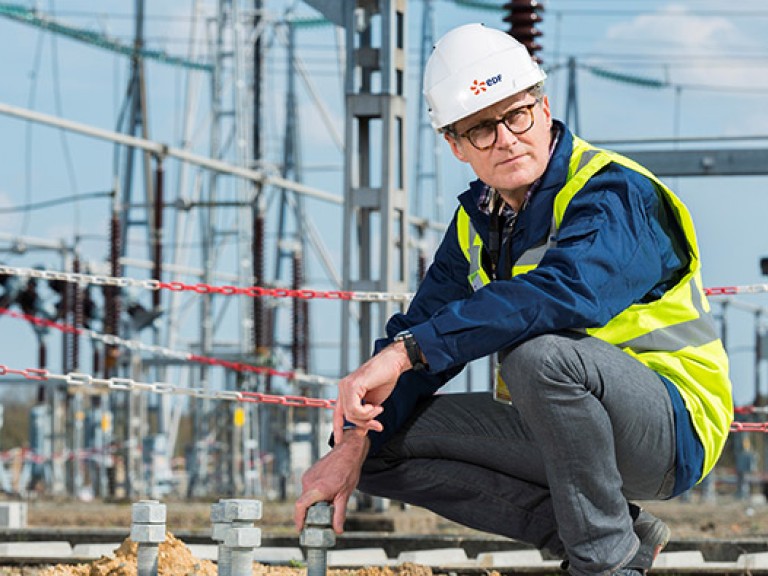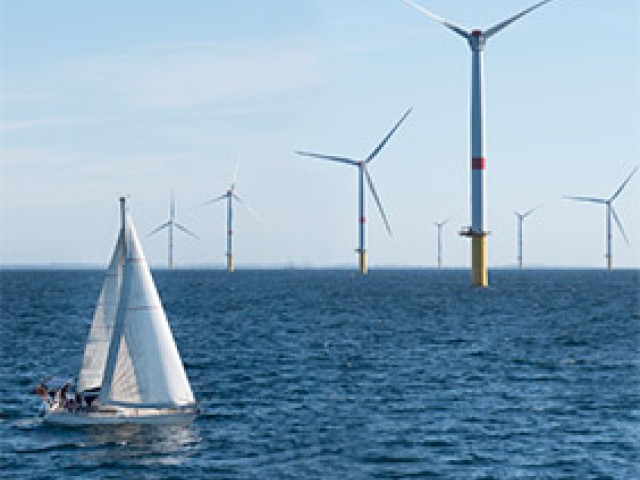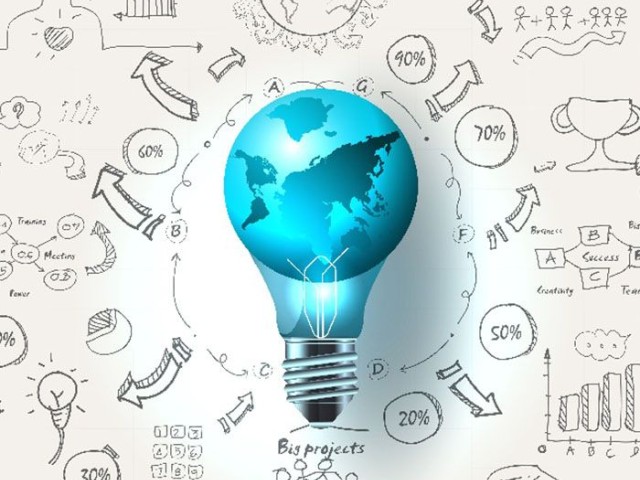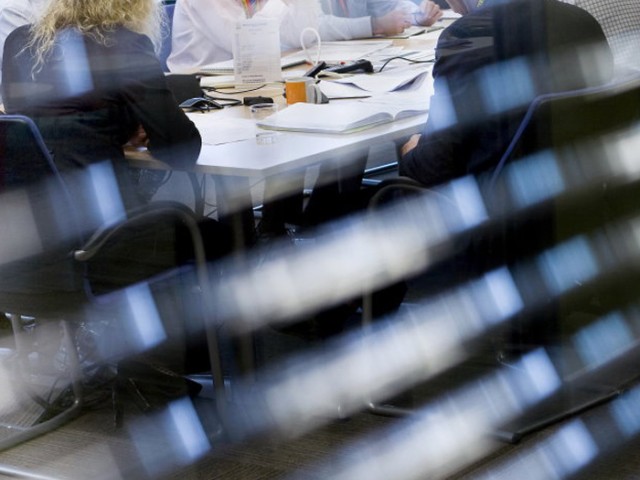Being a benchmark electricity company gives us a unique responsibility

Protecting the power supply
EDF has a diversified and largely decarbonized energy mix that combines nuclear and renewables. In addition, flexible and reactive French thermal power plants are used during peak electricity consumption times or during cold waves to ensure the balance of the electricity network.
EDF, a responsible operator and producer
As the operator of the largest electricity generation fleet in Europe, EDF performs its duties with a constant concern for the safety of production facilities and people, and in strict compliance with environmental standards.

Specific challenges of non-interconnected areas
In areas not interconnected with mainland France’s power grid (mainly overseas departments and Corsica), EDF is both a producer, the network operator and the electricity supplier at regulated tariffs. A particular situation that is an asset to meet the challenge of the energy transition.
EDF, a player committed to the regions
A public service company which has historically worked very closely with local authorities, EDF is an essential player in the regional economic and social fabric. Its contribution in terms of jobs, outsourcing, investment and developing local assets makes it a natural and legitimate partner in the development of the regions’ appeal. This special relationship is based on dialogue and consultation.

Corporate Social Responsibility
EDF, strengthened commitments
In line with EDF's Raison d'être and the Ambitions 2035 strategic plan, the Group has defined 12 CSR Commitments around 3 issues: building the electricity system of tomorrow, operating within planetary boundaries, acting for a just transition.

Digital, yet responsible!
In a world where digital technology is becoming increasingly important, EDF is seeking to limit its digital impact on the environment. The Group is committed to a responsible digital transformation that is low-carbon, low-energy, inclusive, ethical and presents high environmental value for its customers and employees. And these are not just words: in March 2021, EDF SA was the first energy company to obtain the Digital Responsibility certification, an initiative supported by the French Ministry for the Ecological Transition.
EDF, a responsible employer and a company open to all
To face industrial and business challenges, EDF strives to be a socially responsible and committed employer and acts as a leader in employee health, professionalism and involvement. The company trains its employees, fosters internal promotions and works to ensure that their profiles remain diverse. Every year, it welcomes thousands of young people (recruits, interns, trainees, etc.).
Furthermore, EDF is a group that is committed to diversity and has been pursuing an active policy to fight against discrimination in the company for several years: gender, age, origin, disability, sexual orientation, religious beliefs, etc. The company is also very much involved in the feminisation of the technical sectors.

EDF, a player in energy education
EDF, the leader in its sector, helps all consumer groups better understand and use energy. At the same time, the company is involved in developing the scientific energy culture, particularly among young people by focusing on education.

Foundation and patronage, heritage, sport
The EDF Group proves to be both a responsible company and an actor involved in civil society daily, whether it be by taking action for environment, education, and inclusion through its Foundation, its long-standing commitments to sport and disabled sport, and its unwavering resolve to valorise its industrial heritage.





